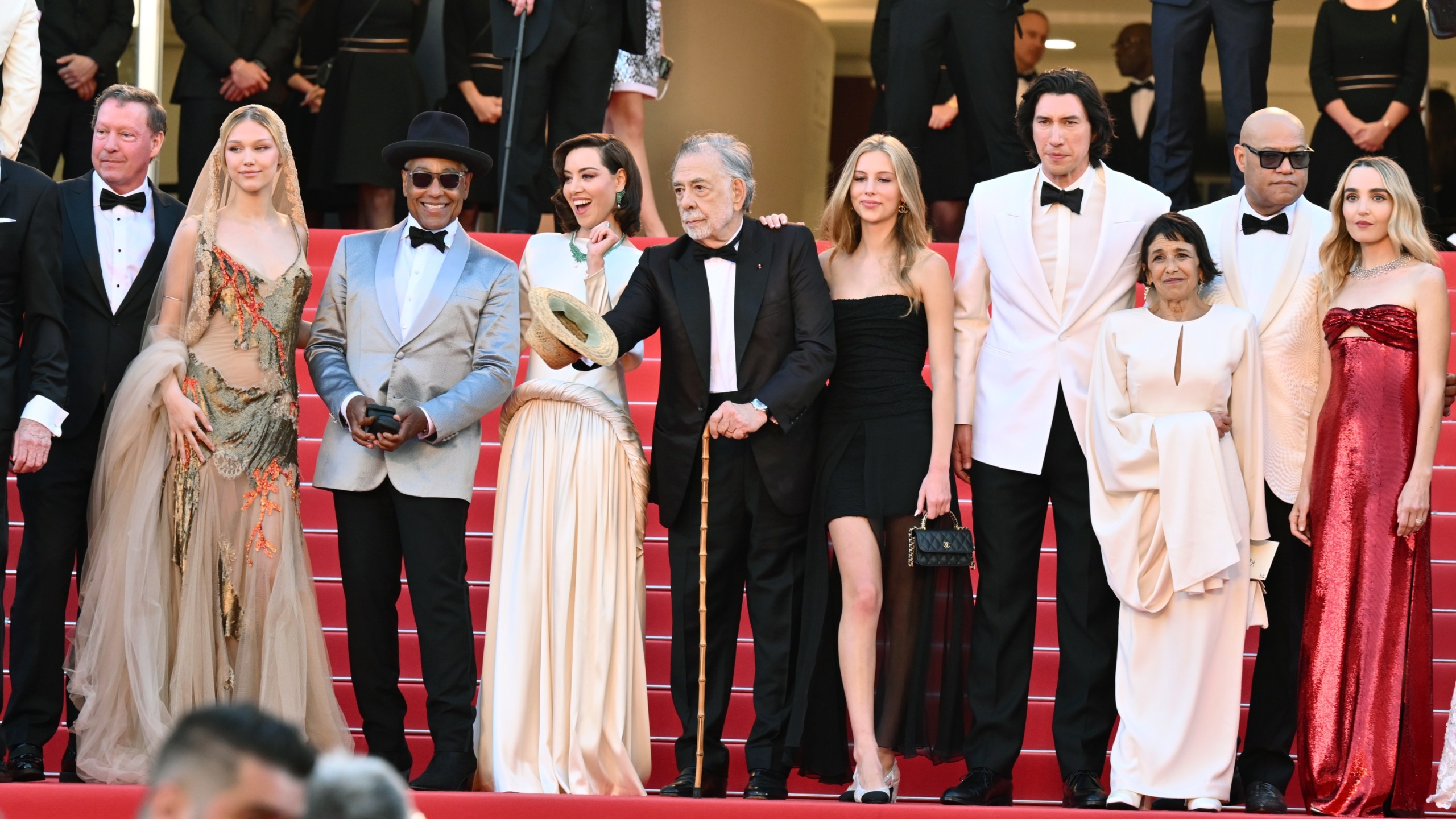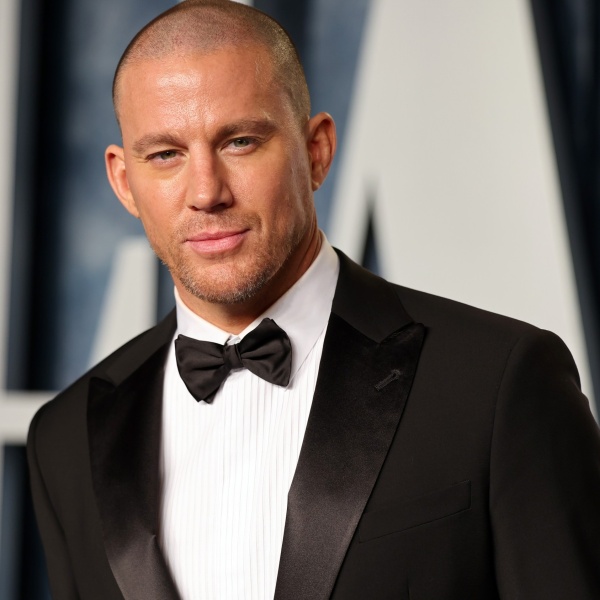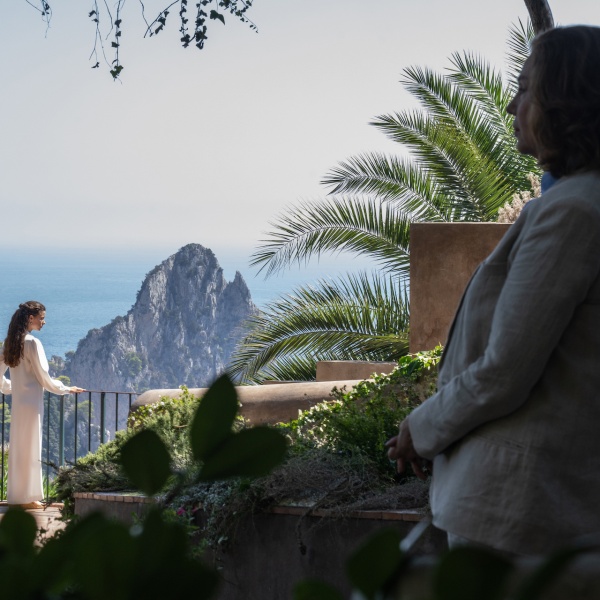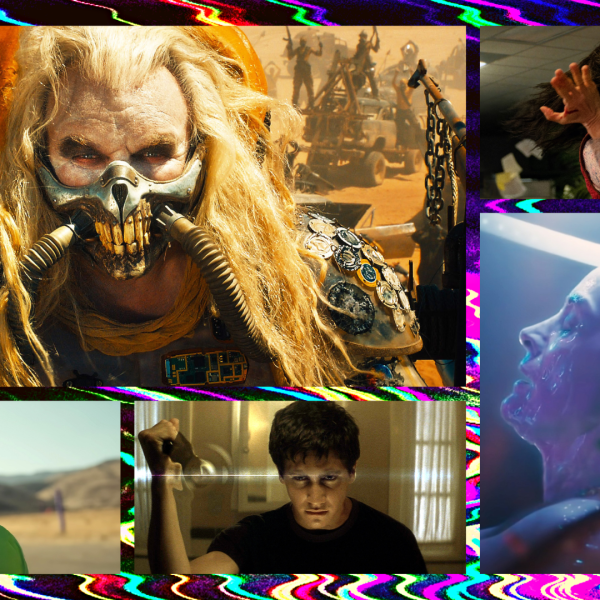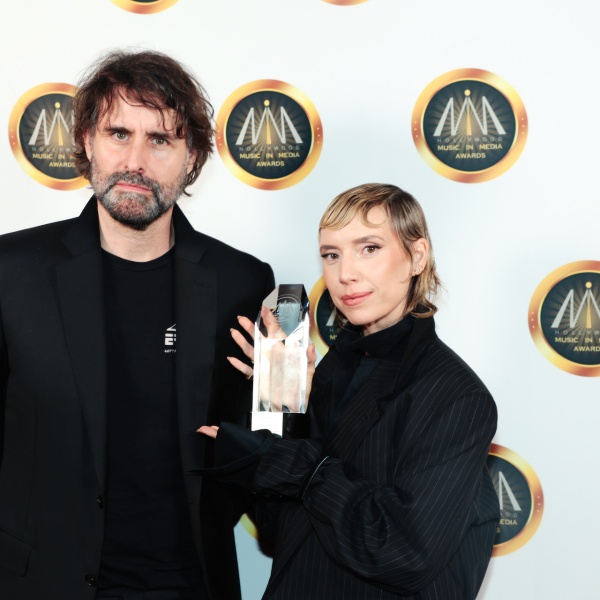Francis Ford Coppola has done well at Cannes, winning the Palme d’Or twice, for “The Conversation” (1974) and “Apocalypse Now” (1979), another film mired in controversy during production that sailed into release as a critical and box office success ($85 million worldwide), nominated for eight Oscars and winning two. Now the winemaker is back in Cannes with controversial “Megalopolis,” a 2 hour, 18 minute movie which he debuted at a gala premiere Thursday night to the usual sustained standing ovation (measured between seven and 10 minutes). There were a few boos at the press screening. He had dreamed of making the overstuffed extravaganza for 40 years since he wrote early versions of it in the ‘80s, but finally spent $120 million of his own money to produce and direct it.
Coppola faced drama on the set. He replaced VFX and art department members over clashes in filmmaking methods. Adam Driver, who plays a Robert Moses-style builder who believes in creating a utopia for the future, a stand-in for the director as creator, had to defend his director, saying he saw no problems. Now the director is under attack from The Guardian, which reports allegations of inappropriate behavior on the set.
The filmmaker faced the assembled media in a packed and supportive Friday press conference. Reviews were mixed, although many of the top press were impressed with the director’s extravagant bravado. (Here’s David Ehrlich’s review.) But many industry insiders did not think the movie was handled as well as it could have been. Coppola had fantasies of a $100 million sale to a studio. (Those were the days.) Reality set in when he screened the film for distributors who did not step up to the plate. Coppola said he would not go to Cannes without a distributor, then went to Cannes and followed the old foreign sales route. No problem there. But North America remains an issue.
When he started off, Coppola remembered having a five-year-old Sofia Coppola on his shoulder. He described feeling “relief and joy. It was a crowning joy after all these years of having an idea and building it, a beautiful feeling.”
The actors described an improvisatory set experience. They admitted to feeling lost. But Giancarlo Esposito and Jon Voight both praised the final film, thrilled with the way all the details finally came together. “He had a vision that bothered him not to express,” said Voight. “He had to do it, took every risk to do it, assembled brave actors watching us, encouraging us, schooling us, worrying through things. It was magnificent to see all the things he was driven by coming forth.”
“The role of the artist is to illuminate contemporary life,” Coppola said, who always remembered Joseph Papp saying this. “That’s what I think all artists should do.”
It was a tough shoot for Aubrey Plaza: “I had specific things I wanted and tried hard to get them,” she said. “It didn’t work out for me, but I tried to get them.”
Coppola credited Driver for helping him make choices of what to use and not what to lose in the editing room. They shared an approach to film that was like theater, Driver said. “That means being open to being wrong, it felt like experimental theater which made it feel rebellious and exciting.”
Coppola knew “Megalopolis” was not like anything else, he said, but he was paying for it, so he could do whatever he wanted. “Its not like other films that are out.”
“You seemed fearless,” said Roman Coppola, sitting next to his father, who is credited with second unit directing. “You were on the precipice of the building, and looked over.”
Known for re-editing his films, Coppola says he edits them because he owns them, and has an idea for something he’d add to “The Godfather.” He will never touch “The Conversation,” he said. “If there is a way I can make the film a little better I’ll try.” He’s done with “Megalopolis,” he said, because I’ve started writing something else.”
Coppola is happy: He got to see his daughter win an Oscar, he made wine, and he got to make all the movies I did. “When I die I won’t notice.” The room applauded.
